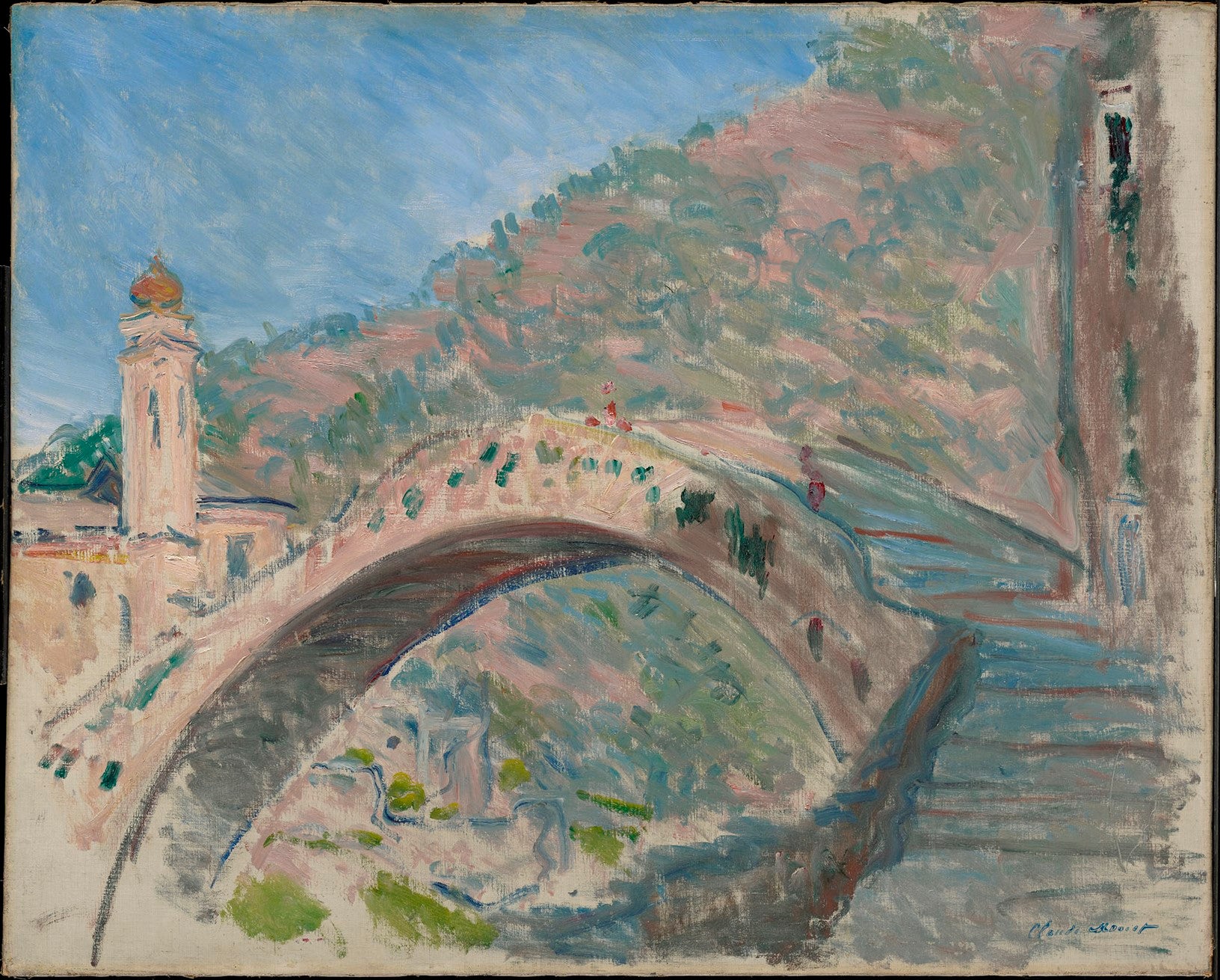Monet and Architecture, National Gallery, London, review: these familiar paintings fling themselves out
By focusing on Monet's paintings of buildings, the National Gallery finds a new angle on the perennially popular artist – but it's still his best-known works that truly dazzle

Mainstream? You bet. Crowd-pleaser? Undoubtedly. The organisers of this exhibition claim, somewhat disingenuously, that Monet has not had a solo show in London for more than 20 years.
But is he not everywhere already? Do we not know him too well? Is he not in our national collections? Is he not at the Courtauld? Do we not skip over to Paris to see him at the Marmottan, the Louvre? How different from the 1870s, when the Paris critics tried to hiss him off the easel for being too revolutionary!
So the challenge is to do something slightly different. And this show has succeeded – in part – by concentrating on how built structures were of such importance to his development as a painter (there are also a lot of seldom-seen pictures here from private collections). He used buildings to help establish an attractive angle of view, to compose a scene, to prettify a landscape. He shows us buildings precariously set on a cliff above the sea, holding their own, bodying forth the idea of human fragility against the water’s muscular immensity.
The brush strokes seem unusually heavy for Monet in some of these early works. You notice just how calculating he can be in his effects. We would have difficulty recognising some of them as works by Monet at all. The buildings have an unusual solidity. He is not yet seduced by the fact that light itself can have a transformative power, turning the man-made into the utterly other-worldly. The early rooms concentrate on Normandy and the north; later on, he goes south for a different kind of light altogether.
Although these underground galleries at the National remain as wretched and dull as ever, it seems to matter less with Monet. He draws us in. We forget about the fact that there is no natural light down here. The lightmaster is Monet himself.
The best rooms are the last two, and they are the largest, the ones where the paintings stop looking like a sequence of fussy studies, and are given the space to fling themselves out tall and wide with tremendous panache.
They also contain the most familiar paintings of all, the ones we know him best for: Rouen Cathedral, its west front dissolving in an almost hallucinatory dither of light (there are six of these, painted at different times of the day). Fumy London beside the Thames, with the eeriness of parliament’s Victoria Tower rising up from the waters, the entire scene mired in, muffled by, pollution – and what dazzling light effects all the filthy pollution treats us to! The water itself looks bright and steely in one, a concatenation of knife blades. The red sun glares like a curse through the smog.
And then there is Venice, in the last room of all, in all its wondrously ethereal decrepitude, barely there at all, almost peopleless, afloat on its own mysterious there-and-goneness.
‘Monet and Architecture’ runs 9 April to 29 July (nationalgallery.org.uk)
Subscribe to Independent Premium to bookmark this article
Want to bookmark your favourite articles and stories to read or reference later? Start your Independent Premium subscription today.

Join our commenting forum
Join thought-provoking conversations, follow other Independent readers and see their replies